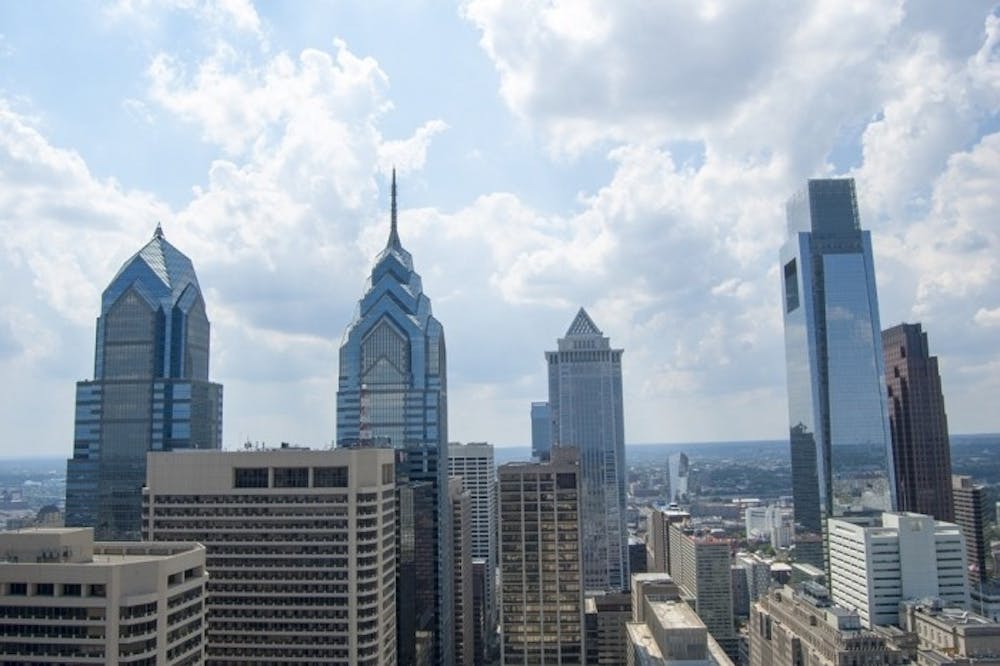
Philadelphia’s housing market in most neighborhoods outside of Center City has not changed since the Great Recession in 2008.
The Reinvestment Fund released a study this January that analyzes the recently-released 2016 Home Mortgage Disclosure Act data and looks into the local mortgage lending environment in Philadelphia.
Both middle-income and low-income families just miles from the city are finding it difficult to cover conventional mortgages, PlanPhilly reported.
Neighborhoods like East Mount Airy and Oxford Circle rely on federal agencies, like the Federal Housing Administration and the United States Department of Veterans Affairs to provide mortgage loans. These have more relaxed borrower standards and more security, but there are greater fees that come with the FHA or VA product that make borrowing "somewhat more expensive for borrowers," the study wrote.
With interest rates at historic lows, the refinancing rate has remained surprisingly low, the study wrote, when usually low interest rates produce high refinancing rates. The study also indicated that 50.6 percent of African-American and Latino communities still depended on the FHA and VA in 2016, a difference of only about 20 percent from the 71.4 percent dependent on the FHA and VA during the height of the recession in 2009. The FHA and VA mortgages in white neighborhoods dropped to 31.6 percent in 2016.
While Reinvestment Fund President of Policy Solutions Ira Goldstein said in the report that recovery was needed, Temple University Housing Policy professor and Philadelphia-area realtor David Feldman told PlanPhilly that these reports should not produce much alarm.
“This [report] adds a layer of understanding to what's happening on the ground in the middle markets,” Feldman said to PlanPhilly. “It shows that we don’t need to worry about people with workforce jobs being priced out of [most of the city]. We still have a lot of housing like that, people are buying it, and this is the product — even though we could use more products for moderate-income buyers."
The neighborhoods that rely most on FHA-backed and VA-backed mortgages are also considered the backbone of Philadelphia’s housing market and tax income. These are communities that have remained intact since the segregationist lending patterns in the mid-1950s that pushed African-American, Jewish, and other immigrant populations to specific neighborhoods in North and West Philadelphia.
Despite the stagnation of federally backed loans on mortgages in neighborhoods surrounding Philadelphia, the downtown area has seen recent booms in home purchasing and building. Economist Kevin Gillen says that home values have increased throughout Philadelphia in the latter half of 2017 in his new report, “Philadelphia Housing Report: Q3 2017.”
The report reveals that University City leads the housing market in Philadelphia, with home values increasing 7.7 percent. West Philadelphia takes second place, with values increasing by 5.1 percent.
According to Philly.com, Philadelphia’s housing market has increased over 10 percent more than the national housing market average in 2017.
President and 1968 Wharton graduate Donald Trump seems to be offering no support to communities who rely on the FHA. Soon after taking office, Trump abruptly suspended a planned cut in FHA mortgage-insurance premiums that would have saved borrowers as much as $1,000 or more a year.
However, officials in Philadelphia are optimistic about a housing and affordability boom.
“We want to get back to a place where conventional credit is flowing into communities along with government-backed products so that they can have a full array of financial products supporting their markets,” Goldstein stated.
The Daily Pennsylvanian is an independent, student-run newspaper. Please consider making a donation to support the coverage that shapes the University. Your generosity ensures a future of strong journalism at Penn.
Donate




